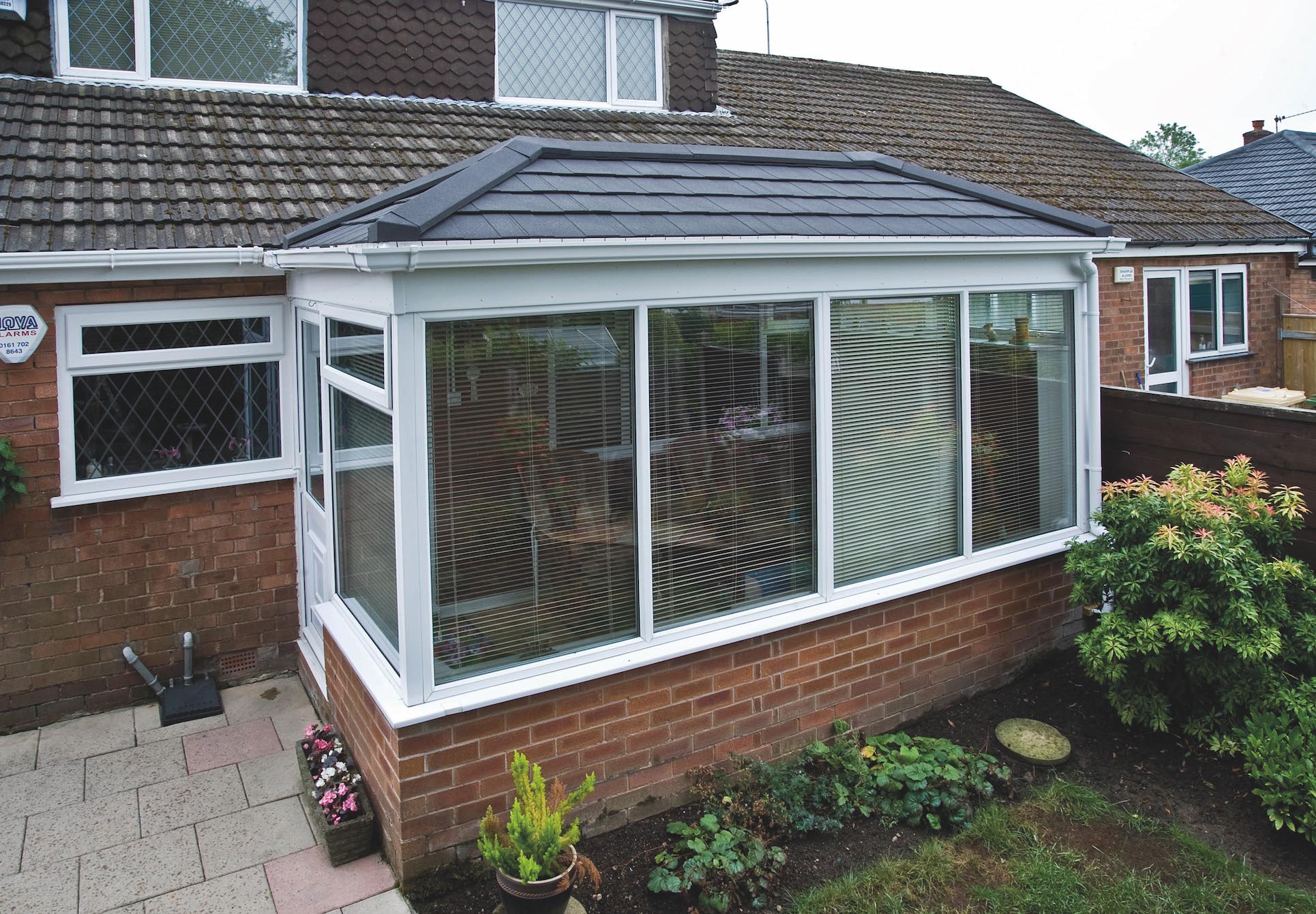Replacing a Conservatory with an Extension: Pros and Cons

Conservatories are an excellent addition to almost any home. They can provide the extra space you need to set up a playroom, living area, or even a home office. That said, they may not offer the right solution for everyone. Keep in mind that conservatories don’t come with unlimited amounts of space.
Replacing a conservatory with an extension will give you plenty of extra square metres that can be used all year round while adding value to your home.
Replacing a Conservatory with an Extension: The Differences
A conservatory isn’t considered part of the permanently habitable area of your home. It has windowed walls with no less than 50% featuring double glazing. Extensions, on the other hand, are made of concrete or bricks.
Another significant difference between conservatories and extensions is the fact that the former is often seen as temporary. This means that it can be exempt from building regulations, and doesn’t need to respect heat loss requirements.
To be exempt from these, conservatories must be:
- Under 30 square metres in floor area and built at the ground level.
- Separated from the house by external quality walls, doors or windows.
- Heated through an independent heating system.
- Compliant with building regulations requirements for fixed electrical installations.
Replacing a conservatory with an extension requires planning permission, as extensions are considered part of the house. They also have more substantial insulation and provide more space.
The Pros and Cons of a Conservatory
One of the key advantages of a conservatory is that, as long as it meets regulations, it doesn’t require planning permission. This saves you the time and hassle of doing paperwork. And if you need to add a solid roof to your conservatory, you can also do this without planning permission as long as you respect existing regulations.
Another benefit of a conservatory is the reduced cost of installation as it takes less time to build than an extension. It’s also lightweight and requires a lighter foundation. In general, a conservatory is a flexible structure that you can modify as you like, whenever you want a change. Thanks to modern materials, you have plenty of options available to build your dream space on a budget. You can also have it well insulated and even blend in with the rest of the house by covering it with similar roof tiles.
The downside? Buying the right conservatory can be tricky. Almost half of all homeowners (44%, according to Witch?) stated that they would have done something differently if they could go back and choose another conservatory. That’s because this type of structure often comes with inadequate insulation or requires additional changes that add to expenses.
In most cases, the temperature inside the conservatory is heavily influenced by the weather. So make sure you know what you’re paying for when you choose to have a conservatory added to your home.
The Pros and Cons of an Extension
Replacing a conservatory with an extension will add value to your property. Depending on the extension and the home’s location, your return on investment can be as much as 71%. An extension also comes with better insulation than a conservatory, so you can expect significant noise reduction and fewer fluctuations in temperature.
An extension can also be used for any purpose. So, instead of buying a new home because you need extra space, you can relocate a kitchen or add a new bathroom to the extension. This allows you to expand your home and reorganise its spaces for extra comfort, without having to go through the stress of buying a new home or relocating to a different area.
The main disadvantages lie in the high costs of building extra space. These structures also aren’t exempt from building regulations, so you’ll need to make sure that the local authorities approve everything you plan. Last but not least, be sure to consider your outdoor space. An extension can reduce the size of your garden quite significantly, so think about how much outdoor space you’re willing to give up.
Final Thoughts
There are several things to consider when replacing a conservatory with an extension. Besides the cost and the time needed for installation, you should also evaluate the long-term implications of having a permanent structure added to your home. It increases the property’s value, but also adds taxes and extra maintenance expenses.
Simply replacing your conservatory’s roof may be enough to solve some of the most common issues, such as consistent temperature year-round or preventing leaks. Make sure you evaluate all your options before making a decision. Also, be sure to contact your Local Planning Authority before building to make sure your plans follow the correct regulations.
